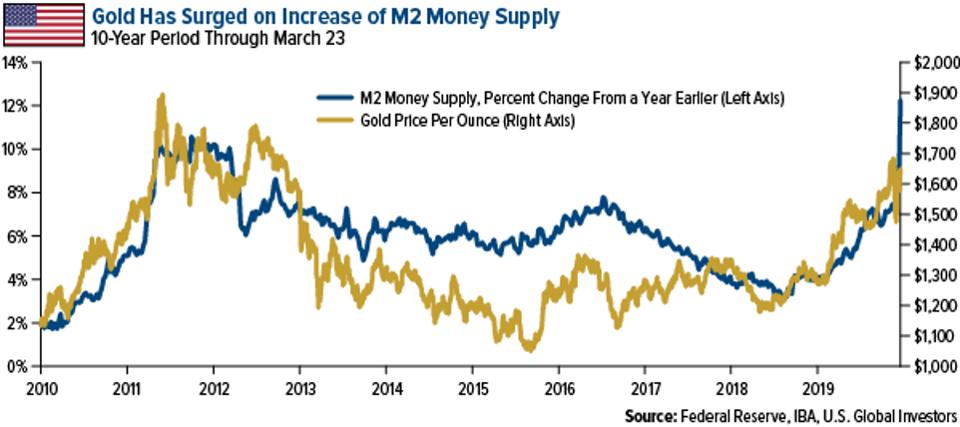Contents:


Learn how to get open by making a front-cut, a V-cut, a back-cut, or a curl . Offensive moves , often should be preceded, or “set up” by a good fake to get the defender to lean one way. This is true, whether you are making an offensive jab-step, or you are coming off a screen, or making a pass. Neither foot may be lifted, before the ball is released, to start a dribble.” When doing this landing , one foot lands first and then the second foot lands.
Former player teaches fundamentals at Oceanside JCC clinic – liherald.com
Former player teaches fundamentals at Oceanside JCC clinic.
Posted: Thu, 05 May 2022 07:00:00 GMT [source]
As you approach the ball-handler, snap your shoulders and head back to help slow yourself down. Once you get in front of him/her again, get back into your defensive stance. Don’t “reach-in” and swipe at the ball, as this will cause you to lose your balance, allowing the defender to get around you.
Learn about this topic in these articles:
Important aspects of footwork are applied in the back pivot. In the NBA, a player who attempts a field goal may not be the first to touch the ball if it fails to touch the backboard, basket ring or another player. In college rules, there is no longer possession or team control once the ball is in flight for a shot attempt. It is up to the referee’s discretion as to whether or not a legitimate field goal attempt was made. In high school rules, being the first to touch the ball in one of the previously described situations is not specifically defined as a traveling violation.
Tyler Herro traveled on game winner to beat Kings, NBA says – ESPN
Tyler Herro traveled on game winner to beat Kings, NBA says.
Posted: Thu, 03 Nov 2022 07:00:00 GMT [source]
Plus Sign Pivots — This is one of the best ways to learn proper pivoting. Find two lines on the court that form perfect 90-degree angles that look a like giant extended (+) plus sign. Place the left pivot foot on the floor at the center of where the lines cross. Then get the body into the ready stance with the heels up.
Changing Direction and Speed
They have probably the best footwork of any team in the nation. When executing a dribble, however, you must ensure that the ball leaves your dribbling hand before the pivot foot leaves the court. Sounds simple enough, but recognizing and calling traveling is arguably the single most-challenging call to make consistently during a game. The speed, agility and unexpected reactions of players can make the task feel like counting the blades on a moving fan. A player may not touch the floor consecutively with the same foot or both feet after ending his dribble or gaining control of the ball.
It can also be very useful when doing a step-back jump shot, moving very fast going left or needing to use a quick release shot. However, research has shown that when players learn the 1-2 step jump shot first, they actually will use the two-foot jump stop shot when pressured or rushed. Commonly used on offense in back-to-the-basket post moves, it is equally effective by perimeter players who are being overplayed. First, make sure to use the two-foot jump stop to help ensure catching the basketball. Practice shooting as well as moves that attack both sides.
Mental Performance A-Z
After performing the specified number of reps, the players perform the maneuver in the other direction. When teaching inexperienced players how to pivot, it is usually best to explain the theory behind the maneuver. Coaches should explain the basic concepts as detailed previously, and provide a short demonstration of how it should be done. Determine a signal and each time you give the signal have your players pivot 90 degrees clockwise or counterclockwise.
When a player receives the ball while standing still, they are allowed to pivot. If you have trouble moving your pivot foot, consult a professional for assistance. Be aware of how to use your pivot foot as it can affect how effectively you work on projects. When you move your pivot foot, it will change how your camera “sees” what’s in front of it- this can affect framing and composition while capturing images or video. However, it is important to remember that a player cannot dribble, perform a pivot, and then dribble again. This dribble to pivot then back to a dribble would result in the player having a double dribble.

Traveling occurs when a player holding the ball moves a foot or both feet in any direction in excess of prescribed limits described in this section. If the player comes to a stop after dribbling, they can perform a pivot to evade a defender or pass the ball to a teammate. Players can’t hold on to the ball for more than five seconds. After coming to stop and pivoting, they will have to shoot or pass the ball to a teammate within this time.
restaurant bookkeeping a field goal before the foot is returned to the floor. A player may not be the first to touch his own pass unless the ball touches his back- board, basket ring or another player. A player who lands with one foot first may only pivot using that foot. With the help of Klay Thompson and Ryan Anderson, coach John Calipari demonstrates the fundamentals of shooting a basketball.

If a player starts to dribble the ball while progressing, it will have to be released before the player takes a second step. Players may pivot forwards or backwards, the backward pivot being commonly known as a “drop step”. When pivoting backwards, players should first look back over their shoulder to see if there are defensive players behind them that could steal or tap the ball away.
NBA Official
Because the pivot foot can turn as long as it remains anchored to the floor, the player is now able to move the other foot without a causing a traveling violation. If you pick up your pivot foot, or change your pivot foot to your other foot, you will be called for a traveling violation. When starting your dribble, the ball must leave your hand before you lift your pivot foot. When shooting a jump shot, you may jump and your pivot foot may lift off the floor, but you must release the ball from your hand before you land again on the floor. Basketball pivoting is one of the fundamental footwork skills that any beginner ball-handler should learn.
- Pivoting can be useful in a wide range of scenarios, from setting up scoring opportunities to evading defensive guards, or even maneuvering into a more advantageous position.
- The act of keeping one foot in place while holding the ball and moving the other foot one step in any direction, so as not to be charged with traveling.
- Make sure to execute this move properly so that you can improve your jumping technique.
- When guarding your opponent, slide your feet sideways, using quick, short steps, and don’t get your feet crossed.
- In basketball, traveling is a violation that occurs when a player takes too many steps without dribbling the ball.
- This high speed of play combined with still-developing skills and game sense is a perfect recipe for a lot of traveling violations and other mistakes.
You gain possession when you catch and have control of the ball, with one hand or both hands. We frequently see airborne players today catch the ball, landing one-foot-other-foot and they’re allowed to establish either as a pivot foot, which is technically incorrect. While there are space restrictions for a throw-in, the thrower is not required to maintain a pivot foot or observe any of the other restrictions of the traveling rule. It is legal when a player falls and slides on the floor while holding the ball or, while lying or sitting on the floor, gains control of the ball. The second step occurs after the first step when the other foot touches the floor or both feet touch the floor simultaneously.
Flip the ball in front of you, moving it from the block area to the elbow area. You must be able to pivot forward and backward using either foot. Once they do a desired number of reps in one direction, reverse it for the next round.
- The player may jump off that foot and simultaneously land on both.
- Make sure you have an understanding of where everything is in relation to each other before making any sudden movements with your camera.
- The jump-stop is an important part of a successful pro hop.
- The feet are irrelevant when the player is on the ground.
- Lower your hands alongside the outside of your knees.
An infraction of this rule is usually called traveling as in basketball. To pass or shoot for a field goal, the player may jump off a pivot foot, but neither foot may be returned to the floor before the ball is released from the hand. Most right-handed players will instinctively pivot with their left foot, and left-handed players with their right. But it is important for players to practice pivoting from both feet as early as possible, because the optimal position changes depending on the playing situation. Pivoting can be very beneficial to a basketball player in several ways. A ball-handler may be able to pivot their way around a defender.
